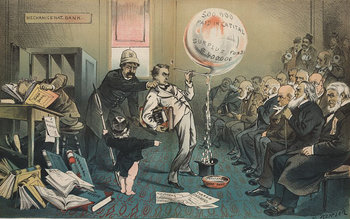
Employee Relations
The relationships between a firm and its employees including formal communications, controls, policies and informal elements such as organization culture. Employee relations is important to productivity, creativity and retention of talent. Relationships with employees also has repercussions for public relations as employees represent your firm and are a source of information for all stakeholders.Customer Relationships
Customer relationships encompass all interactions between your employees and your customers and all communications with customers. This includes any customer facing function such as sales, customer service and promotion.Customer Experience
Customer experience is the end-to-end set of interactions between a customer and your brand. This is an expansive concept that includes the usability of your products and brand perceptions.Lead Users
Lead users are customers who you engage to improve your designs, marketing and customer experience. Firms may partner with customers who are influencers in a culture or industry. Alternatively, a firm may openly partner with all customers such that all customers have an opportunity to influence products and services.Partnerships
Developing, improving and leveraging partnerships with other businesses in areas such as promotion, distribution, supply chain, outsourcing and research & development. This includes the end-to-end process of building a productive and positive relationship with partners and managing their performance.Investor Relations
The process of raising capital for your business and managing relationships with investors, creditors and regulators. Effectively communicating information about the position, performance, risks and opportunities of your firm can influence your cost of capital and access to funding. As such, this is a key responsibility of executive management.Public Relations
Public relations is the top level function in an organization for managing communications and relationships with all stakeholders including investors, employees, customers, partners, governments, communities, media representatives and industry influencers. This is often focused on your most important communications such as news, crisis communications and product releases.| Overview: Business Relationships | ||
Type | ||
Definition | Affiliations, interactions and communications between a firm and its stakeholders. | |
Related Concepts | ||
































